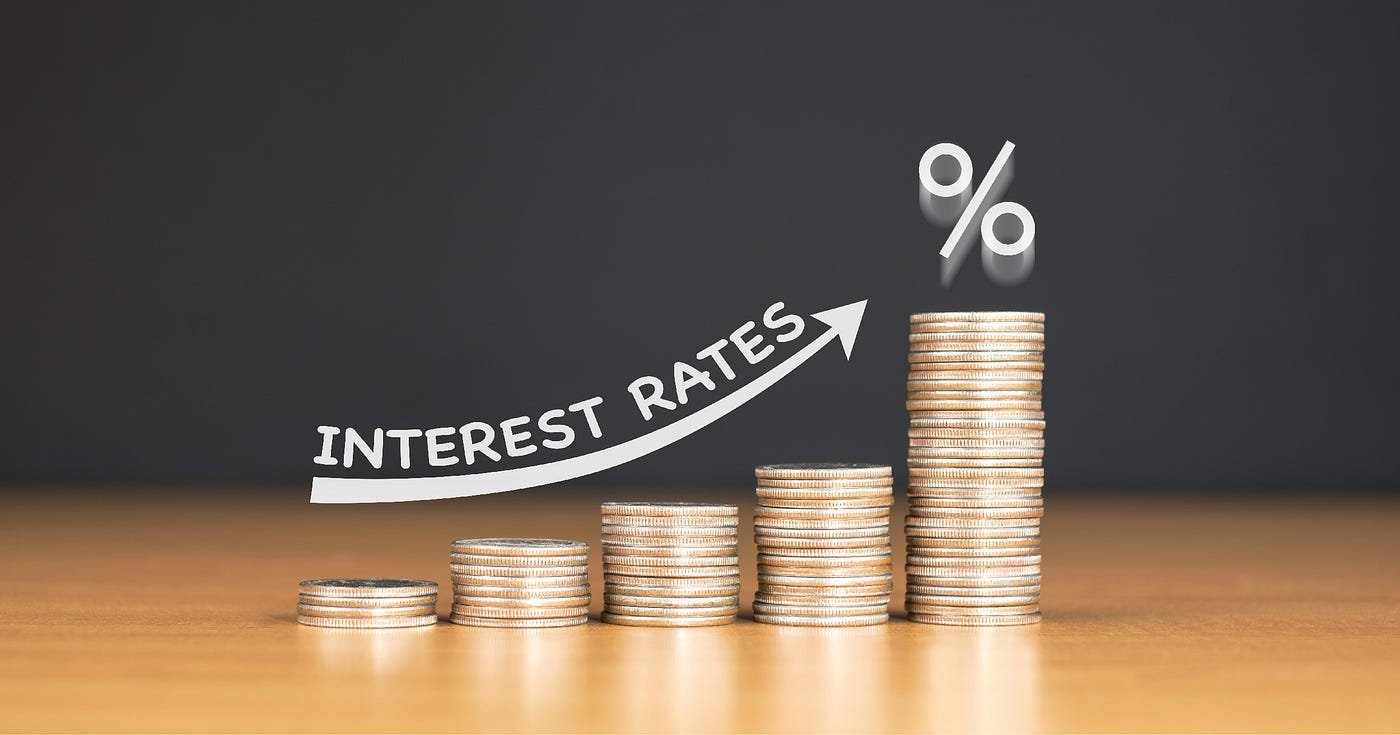Introduction: The Changing Dynamics of High Interest Rates
As the global economy adjusts to a new norm of elevated interest rates, there’s a noticeable shift in financial priorities. For years, low-interest environments favored borrowers, encouraging debt-fueled growth. Now, with interest rates likely to remain higher for an extended period, those holding cash accounts are emerging as unexpected beneficiaries.
This article explores how elevated rates impact savers, the broader economic implications, and strategies to make the most of this financial environment.
The Era of Higher-for-Longer Interest Rates
The Federal Reserve and central banks worldwide have signaled that higher interest rates may persist to combat inflation and stabilize economies. Unlike short-term rate hikes, this “higher-for-longer” approach reflects a sustained commitment to tighter monetary policy.
- Why Rates Are Staying High:
- Persistent inflationary pressures require central banks to maintain a hawkish stance.
- Economic resilience, particularly in labor markets, has allowed for continued rate elevation.
- Key Impacts of High Rates:
- Borrowing becomes more expensive, curbing excessive debt accumulation.
- Savers with cash deposits experience improved returns.
Cash Accounts: The Unexpected Winners
For years, cash savings offered minimal returns in a low-interest rate environment, prompting many to seek higher yields in riskier investments. The current scenario, however, has turned the tide in favor of savers:
- Higher Returns on Savings Accounts
- Banks and financial institutions now offer significantly better interest rates on savings accounts, CDs (certificates of deposit), and money market accounts.
- Accounts that once yielded near-zero interest now offer annual percentage yields (APYs) exceeding 4–5%.
- Safe and Liquid Investments
- Unlike stocks or real estate, cash deposits provide liquidity and safety while still delivering competitive returns.
- For risk-averse individuals, cash savings have become an attractive haven.
- Short-Term Investment Opportunities
- High-yield savings accounts and short-term Treasury bills have gained popularity as viable alternatives to traditional long-term investments.
How Savers Are Adapting to the New Normal
The rise in interest rates has prompted a behavioral shift among savers:
- Moving Funds to High-Yield Accounts:
- Many individuals are transferring money from low-interest traditional accounts to high-yield online savings accounts or money market funds.
- Focusing on CDs and Bonds:
- Certificates of deposit now offer fixed returns that rival some equity investments, making them an appealing option for risk-averse savers.
- Diversifying Cash Holdings:
- Savers are increasingly diversifying their cash holdings across various financial products to maximize returns.
Wider Economic Implications of High Interest Rates
The benefits for cash account holders come with broader economic consequences that affect consumers, businesses, and investors alike:
- Reduced Borrowing and Spending
- Higher interest rates discourage borrowing for major purchases, such as homes and cars.
- Consumer spending, a key driver of economic growth, may slow down as a result.
- Shift in Investment Preferences
- The allure of cash savings reduces demand for riskier assets, such as stocks and cryptocurrencies.
- This shift can lead to a more stable but slower-growing financial market.
- Pressure on Debt-Ridden Businesses
- Companies reliant on cheap credit face challenges refinancing or repaying debt.
- Conversely, businesses with strong cash reserves are better positioned to weather economic uncertainty.
Maximizing the Benefits of Higher Interest Rates
For individuals looking to capitalize on elevated rates, several strategies can optimize financial outcomes:
- Shop Around for the Best Rates:
- Compare savings accounts, CDs, and money market funds to find institutions offering the highest yields.
- Online banks often provide better rates than traditional brick-and-mortar institutions.
- Consider Laddering Investments:
- A CD ladder, where savings are distributed across CDs with varying maturities, balances liquidity and returns.
- This approach ensures regular access to funds while benefiting from higher rates on longer-term CDs.
- Utilize Treasury Bonds:
- U.S. Treasury bonds and bills offer secure and attractive returns, particularly in a high-rate environment.
- Avoid Long-Term Fixed Investments:
- With rates potentially peaking, locking in long-term fixed rates may limit future opportunities to benefit from rising yields.
Challenges of Higher Interest Rates for Borrowers
While savers rejoice, borrowers face significant hurdles:
- Costlier Mortgages and Loans
- Elevated interest rates increase monthly payments for mortgages, auto loans, and personal loans, straining household budgets.
- Reduced Housing Market Activity
- Higher borrowing costs discourage homebuyers, leading to slower growth in the housing sector.
- Credit Card Debt Becomes More Expensive
- Consumers carrying balances on credit cards experience rising interest charges, further burdening their finances.
How Businesses Are Adjusting
The shift to higher interest rates has also prompted businesses to reassess financial strategies:
- Focus on Cash Reserves:
- Companies with substantial cash holdings benefit from higher returns on corporate savings.
- Businesses are prioritizing liquidity over expansion during uncertain economic conditions.
- Reevaluating Debt Strategies:
- Firms are seeking to reduce reliance on debt financing by cutting costs and delaying non-essential projects.
The Long-Term Perspective on Interest Rates
While the current environment favors cash savers, the long-term trajectory of interest rates remains uncertain:
- Potential for Rate Cuts:
- Central banks may eventually lower rates if inflation subsides or economic growth falters.
- Savers should remain vigilant and adaptable to changing conditions.
- Inflationary Pressures:
- Persistent inflation could keep rates elevated, prolonging the benefits for cash account holders.
- Technological and Market Innovations:
- New financial products and digital banking platforms could further enhance returns for savers in the future.
Conclusion: Seizing Opportunities in a High-Rate Era
The era of higher-for-longer interest rates has created a unique environment where cash accounts stand out as a safe and lucrative option. For savers, this shift underscores the importance of strategic financial planning, including shopping for the best rates, diversifying investments, and maximizing returns on liquid assets.
While borrowers and businesses navigate challenges, individuals with cash reserves are well-positioned to benefit from this changing financial landscape. By staying informed and proactive, savers can make the most of this rare opportunity to grow their wealth with minimal risk.





Leave a Comment